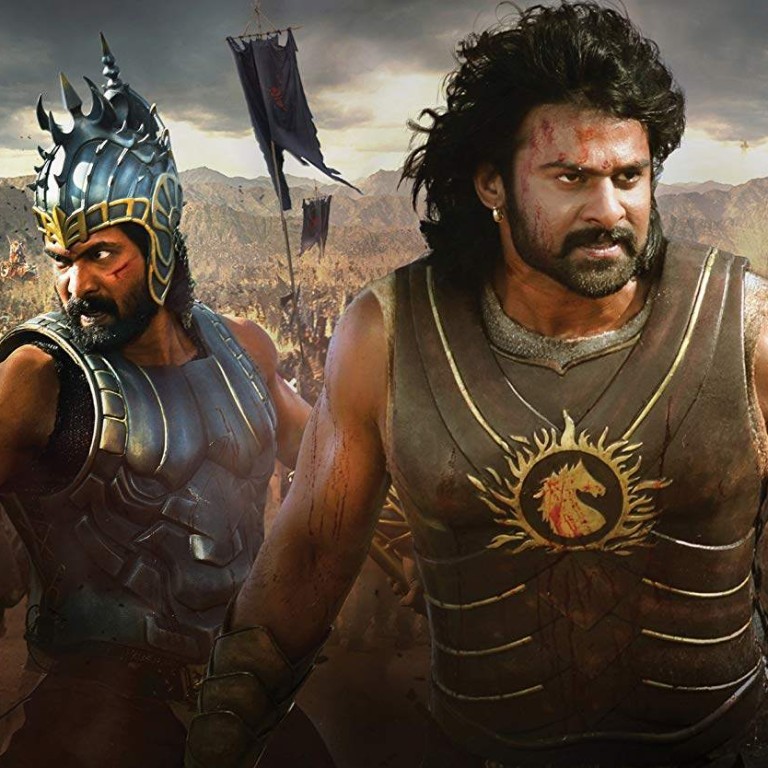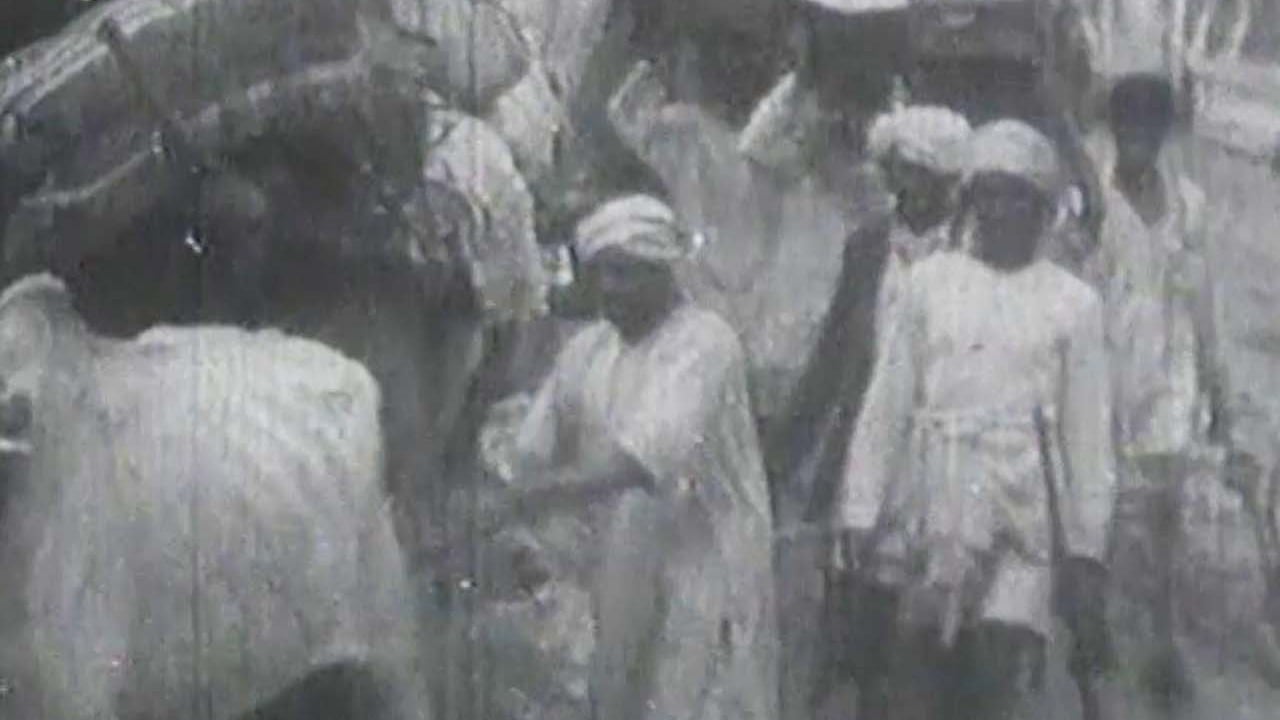
In India, rising success of Tamil and Telugu films are challenging Modi’s Hindi push
- The rise of non-Hindi films is proving that just as Bollywood is not the Indian film industry, Hindi is not the national language of India
- Growing embrace of non-Hindi languages in the cultural sphere comes amid fervid efforts by Narendra Modi’s government in championing Hindu nationalism
But something has changed in the market. Telugu films like Baahubali and RRR; Kannada film KGF Chapter 2; and Tamil movies including 2.0, Vikram and Ponniyin Selvan 1, have been released in multiple Indian languages over the past five years. Furthermore, coronavirus lockdowns during the pandemic have led to the growing popularity of streaming platforms, where Malayalam films in particular have found a following.
‘India, not Hindia’: row over India’s languages heats up during Hindi Diwas
Shah is not a native Hindi speaker, nor is his boss. Both speak Gujarati, and both notably made public speeches in their mother tongue until Modi started campaigning seriously for prime minister in 2013, projecting the impression that Hindi was needed to speak to a pan-Indian audience.
The chief ministers of two southern Indian states, Kerala and Tamil Nadu, wrote to Modi in protest.
Tamil Nadu Chief Minister MK Stalin called the proposal to impose Hindi “divisive”. It would put “non-Hindi speaking people in a very disadvantageous position in many respects”, he wrote.
Indian film-goers with Ukraine affinity, lament Russian invasion
Ganesh Devy, a professor and founder of the People’s Linguistic Survey of India and Adivasi Academy, said Shah’s proposal to promote one language above others was concerning for the millions of people across India’s diverse 28 states that spoke a language other than Hindi.
Given the Department of Official Language came under the Home Affairs Ministry, any pronouncement by Shah “on any one language as having a higher priority is a cause of worry for the states not speaking that language”, Devy said.
The Union Finance Minister Nirmala Sitharaman, a native Tamil speaker, added to the speech struggle when she told banks to ask their staff to speak in local languages in September. “When you have staff who do not talk the regional language and who demand citizens to speak in a particular language, you have a problem,” Sitharaman said. The “particular language” in her statement was a reference to Hindi.
History of India’s languages
India has no national language, but has 22 recognised languages in the Constitution and two official languages – English and Hindi.
Why Hindi? Those who identified as Hindi speakers were 36.99 per cent of the population in 1971, the earliest year language figures were easily located. The second most-used language in 1971 was Bengali, spoken by 8.17 per cent of the population. In 2011, Hindi was listed as the mother tongue of 46.3 per cent of Indians.
‘India, not Hindia’: row over India’s languages heats up during Hindi Diwas
Language has since the 20th century been an emotive and flammable issue in India. The first protest against Hindi came in 1937, when residents of the erstwhile Madras presidency protested then-Premier C Rajagopalachari’s decision to make Hindi compulsory in 125 schools in the province. One person was killed and 1,200 were arrested. The Premier would later himself become a critic of Hindi imposition, formulating the catchy statement “English ever, Hindi never”.
In 1965, the year of the planned switchover to Hindi as the official language of the Indian union, the former city of Madras convulsed with student-led protests with 56 recorded deaths.
After the events of 1965, the central government has generally hesitated to explicitly push Hindi as the main language although this continues in practice. Announcements on flights are made only in English and Hindi. Central government staff at airports and most public-facing institutions such as museums and national libraries speak overwhelmingly in Hindi to all citizens, an experience that distances non-Hindi speaking citizens.
The deep, disturbing reach of India’s Hindutva agenda in diaspora
Meanwhile, as the government continues to make India synonymous with Hindi, detractors are making their opposition known.
“English is the only language that is compulsorily taught in every school board, in every state in India,” said Professor Garga Chatterjee, general secretary of Bangla Pokkho, which calls itself an organisation for Bengalis in India.
“Thus, students of non-Hindi ethnicities entering colleges and universities will find it nearly impossible if medium of instruction is made Hindi. This will eventually make higher education an ethno-linguistically exclusive space with non-Hindi students becoming second-class and finally excluded-class,” he said. “As a professor in an institute of higher learning where students from all ethno-linguistic backgrounds study, I oppose any move that seeks to exclude students from non-Hindi ethnicities.”
The wonder of Wordle is the versions in other languages word game inspired
In 2020, Kanimozhi Karunanidhi, a southern Indian MP in the lower house, also recently spoke out against the conflation of Hindi with Indian nationality.
“Today at the airport, a CISF officer asked me if ‘I am an Indian’ when I asked her to speak to me in Tamil or English, as I did not know Hindi,” she wrote on Twitter. “I would like to know from when being Indian is equal to knowing Hindi.”
However, even as support for the Modi government remains strong, the rise of non-Hindi film reminds us that just as Bollywood is not the Indian film industry, Hindi is not the national language of India.
Sohini C is a national award-winning film critic and award-winning independent journalist based in India. Her book on women, sports and citizenship was awarded the New India Foundation fellowship.


